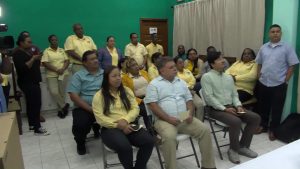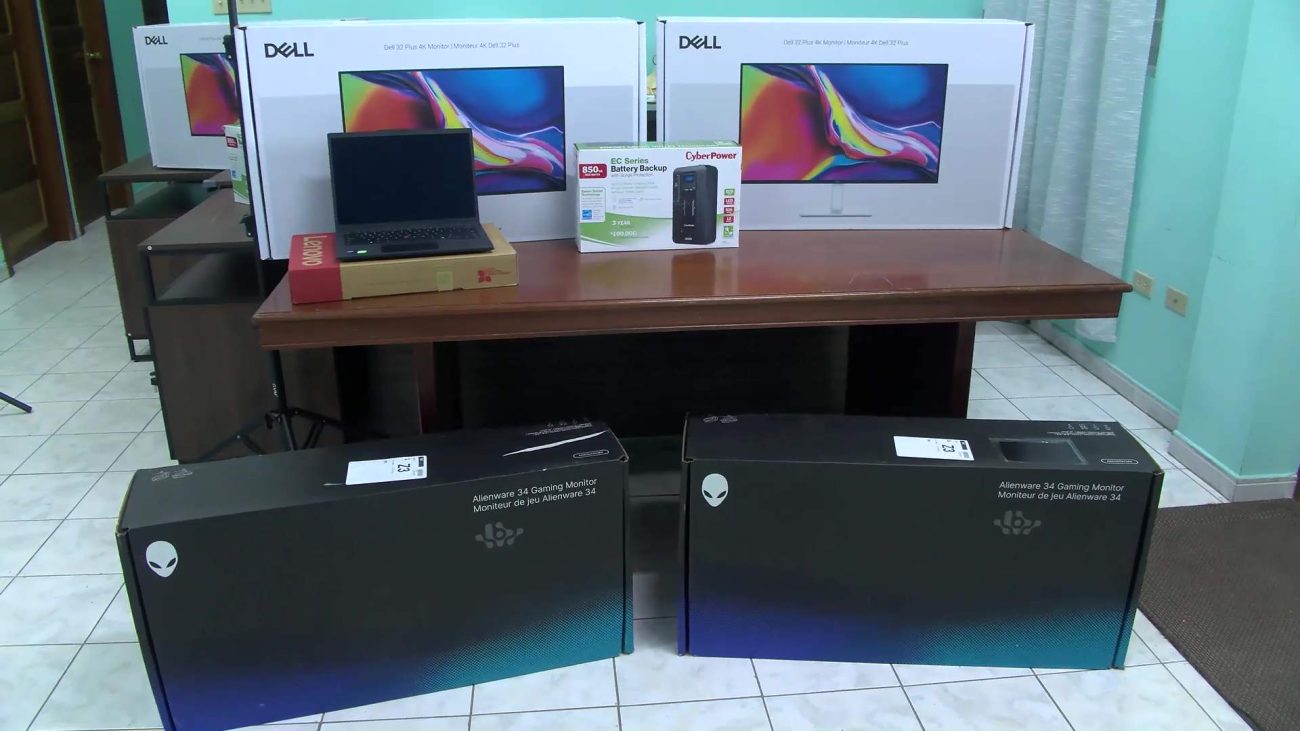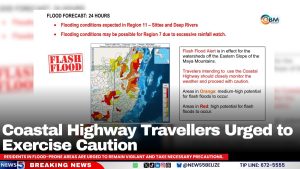$60K Boost for Early Warning Systems After Hurricane Melissa’s Devastation
Belize is strengthening its support to enhance the country’s statistical gathering systems. This means more data-driven decision making across the nation. As part of this objective, today, the National Meteorological Service of Belize received sixty thousand dollars’ worth of equipment from the Korea International Cooperation Agency to boost its early warning systems. News Five’s Britney Gordon has the story.
 Britney Gordon, Reporting
Britney Gordon, Reporting
The Caribbean is still reeling from the devastation left behind by Hurricane Melissa, a powerful Category Five storm that ripped through Jamaica and claimed several lives. It’s a stark reminder of just how critical early warning systems are. They give families precious time to prepare, to evacuate, and to stay safe before disaster strikes. Today, there’s a big boost to that effort. The National Meteorological Service just received sixty thousand dollars’ worth of cutting-edge equipment to strengthen its early warning capabilities. Minister of Public Service, Henry Charles Usher, says this donation is about saving lives and building resilience for the future.

Henry Charles Usher
Henry Charles Usher, Minister of Public Service
“This is a project that was started in July of 2024, and we will go through December of 2026. It’s being funded by the KOICA, the Korean agency with some funding also from UNDP and the World Food Program. This particular component of the ICT handover is being done by the National Met Service. They’re the enabling agency, the executing agency for this. Particular component. It’s a bigger project to look at the statistical system throughout the country.”
The donation is comprised of computer and communication equipment that will be used to produce graphics, short forecasts and collect data. Chief Met Officer, Ronald Gordon, tells us more.

Ronald Gordon
Ronald Gordon, Chief Met Officer, National Met Service
“There are two components to the project in my opinion that is geared to this department. One is to enhance our early capacity, providing information that people can use actionable information on any approaching hazard in hurricane severe weather, drought, whatever the case may be. But there’s also the component of collecting climate data and storing that data and providing that data because on the long term, we need to have a good climate record for us to be able to do proper planning total to inform developers about how to plan, what to build, where to build, and so forth to avoid the long term impact of climate change and to become more climate resilient.”
 Following the donation, staff will also be training on how to properly use the equipment to ensure that they are utilized to the maximum capacity.
Following the donation, staff will also be training on how to properly use the equipment to ensure that they are utilized to the maximum capacity.
Henry Charles Usher
“That is also a part of the project, the training, the capacity building, not only for the members of the National Met Service who work here, but we’re also expanding it for disaster risk management, the training and so on throughout the country, there’s a component of it to do work the early warning system in Orange Walk in Toledo, in Stann Creek. So you’re seeing it being utilized as best as possible. As we mentioned in there, we know that. In the international environment right now, funding for these types of projects are getting less and less. So we have to be able to make the most of it, be as efficient as possible and spread it to as many persons as possible to be able to utilize this service and this equipment.”
This donation is one component of the United Nations ‘Early Warnings for All’ initiative which seeks to ensure that everyone on Earth is protected from hazardous weather, water, or climate events through life-saving early warning systems by the end of 2027. Britney Gordon for News Five.






Facebook Comments